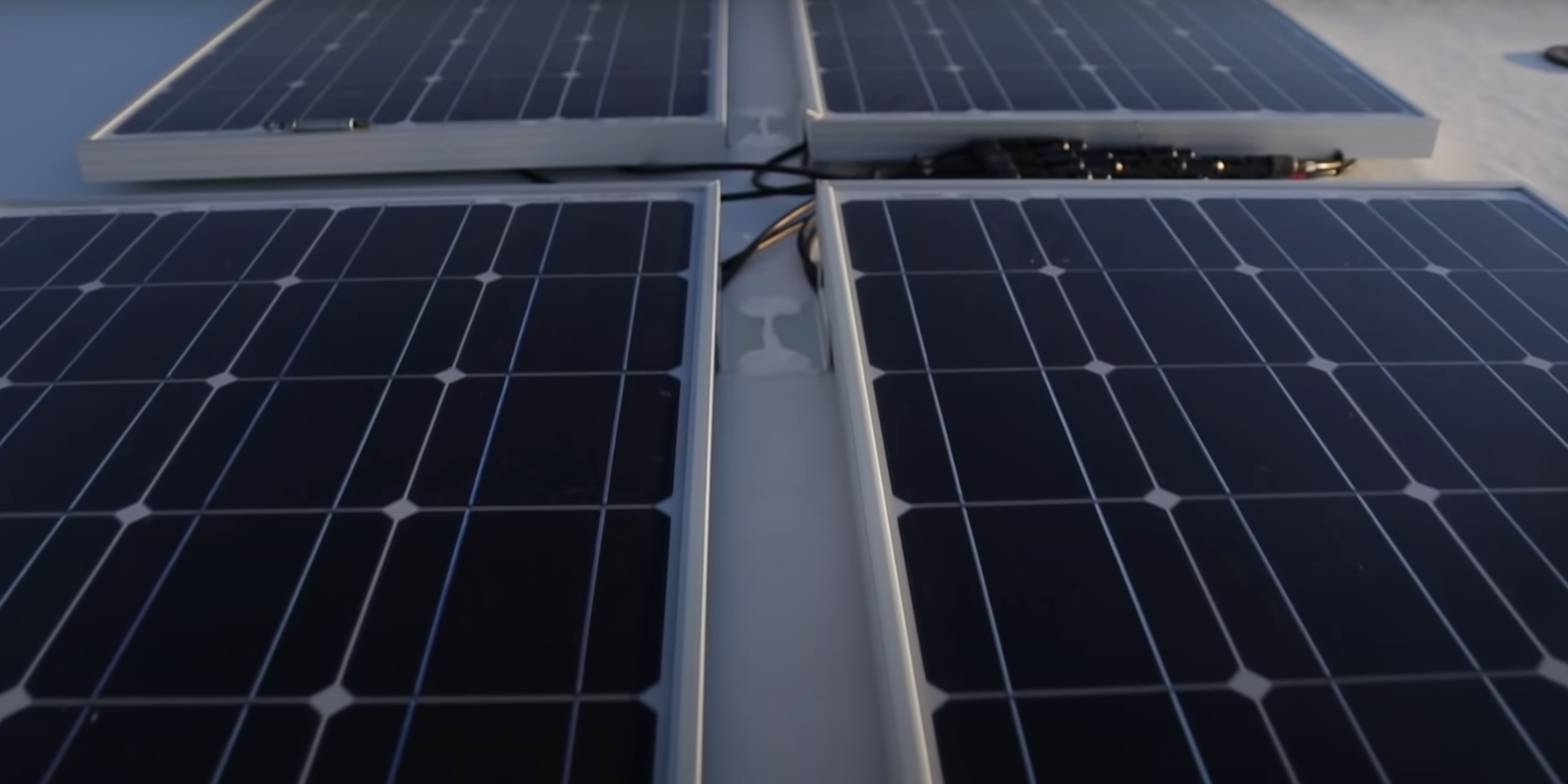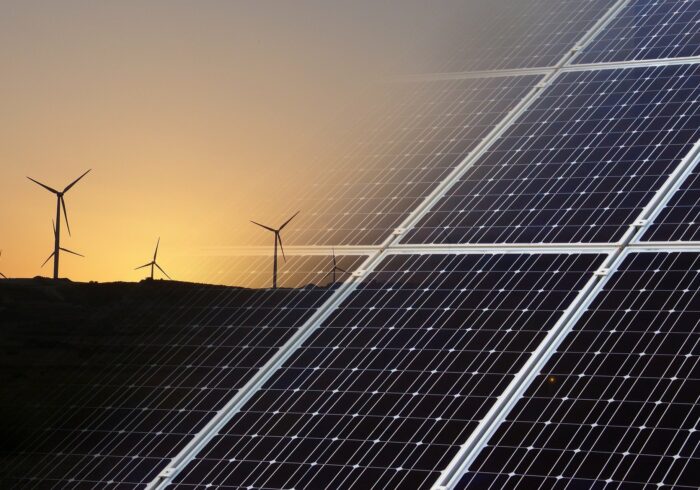To offset the energy used by an RV, it will require between two and four 200-watt monocrystalline solar panels.
The number of solar panels required by an RV is determined by the site as well as the daily electrical usage on board. If you’re an RV enthusiast, then you know the importance of having a reliable power source. In this blog post, we will discuss the basics of solar power for RVs and help you determine how much solar power you need. We’ll also provide some tips on choosing the right solar system for your needs. So, whether you’re just getting started with solar or you’re looking to upgrade your current system, read on for helpful information!
The Principles of Solar Panels Operation for RVs
RV solar systems work the same way as traditional solar panels for a home. The main difference is size and portability. Most systems have an array of solar panels, either mounted directly on your rig or on a portable module set up on the ground at your site. The solar panels capture energy from natural solar energy. And then these smart panels accumulate energy to convert it into electricity later — specifically, DC power. However, it doesn’t mean you may only use DC systems when camping or boondocking. Surely, you may install inverters to convert DC power to AC. There are several ways to modify your solar installation to meet your requirements, but every system comprises 3 primary components:
- Solar panels convert sunlight directly into electricity you may use in your RV;
- Charge Controller – converts the direct solar energy from the panels into a form that can be readily stored;
- Batteries – keep a supply on hand to use when it is cloudy;
Most RVs are designed to work with DC electricity for your lights, water pump, slides, refrigerator, and heater. Many more recent versions feature USB ports that operate on DC current to charge small gadgets like cell phones. If you want to use household outlets, you’ll need an inverter. Inverters convert the DC electricity stored in your batteries into AC power that may be used with your television and microwave. Because most RVers opt to keep their systems basic, inverters are typically pricey ($200 – $2,000+). Because many RVers prefer to use DC electricity rather than Inverting devices, they keep things simple and rely on DC power.
How To Calculate the Necessary Size of a Solar System For Your RV
Consider All The RV Gadgets You Use Daily
One method to calculate how much electricity you use is to estimate your daily use of necessary RV appliances, gadgets, and devices. Also, you should consider how long you utilize them when using your RV as a place of inhabitance. The primary goal is to calculate your daily watt-hours used. All contemporary gadgets have specific labels stating how much power they consume. If the gadget only has an amperage value, divide by voltage to get watts. A 120-volt hair dryer is suitable only for13 amps. The hairdryer’s power consumption would be around 1,600 watts (120 x 13 = 1,560). If you take a small appliance like a standard hair dryer, for example, and use it each morning for 5 minutes (5 mins is about .1 hours), you’ll consume 160 watt-hours each day (1,600 watts X 1 hour equals 160 watt-hours). Now, go through this procedure for all RV appliances. To figure out the watt-hour usage, combine all of the daily watt-hour consumption for every gadget. Then sum it up.
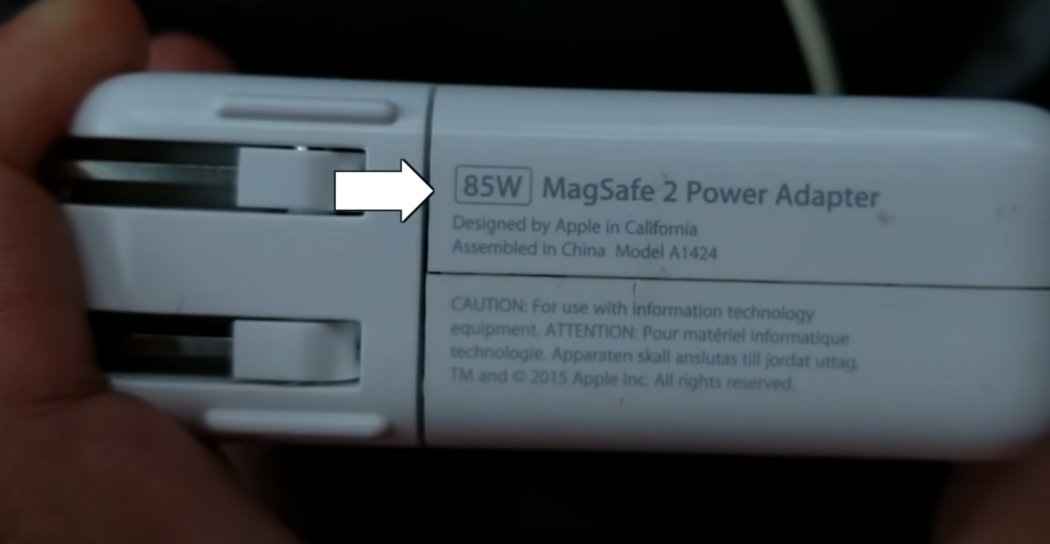
Do A Camping Test Run
After you’ve gathered all this information, it’s time to do a test run. If you have an RV, start your trip and take note of how much power you use each day. This will give you a more accurate estimation of your power needs. If you don’t have an RV, consider renting one for the weekend or borrowing one from a friend.You could also visit an RV dealership and ask to walk through some models to get a feel for the space and what kind of appliances they have. This will assist when it comes time to purchase your own rig.
The Number of Solar Panels in Your RV
Peak Sun Hours
The amount of GHI varies from one location to the next (Global Horizontal Irradiation). In a nutshell, solar irradiance (GHI) is the intensity that reaches Earth’s surface, taking into account all sorts of weather conditions. Because different locations around the world have varying amounts of peak sun hours, you won’t know the number of solar panels your RV will require until you account for them.
Electrical Consumption
The average RV owner uses about 30 kWh of electricity per day, but this number can be higher or lower depending on your specific needs. If you’re not sure how much power you consume in a day, we recommend doing a home energy audit to get a better idea. You can use any online solar calculator to estimate how many solar panels you’ll need based on your daily electricity consumption and the number of sun hours available at your location. Keep in mind that the size of your RV will also play a role in how much power you need. A smaller RV will obviously require less power than a larger one.
Solar Panel Output Rating
On top of their roof, most RVs have 100-watt or 200-watt solar panels. The average 100-watt solar panel produces about 30 kWh of electricity per day. So, if you have a 100-watt solar panel and you use 30 kWh of electricity in a day, your panel will offset all of your power usages. However, if you use more than 30 kWh of electricity in a day, you’ll need to supplement your power with an additional source, like a generator.
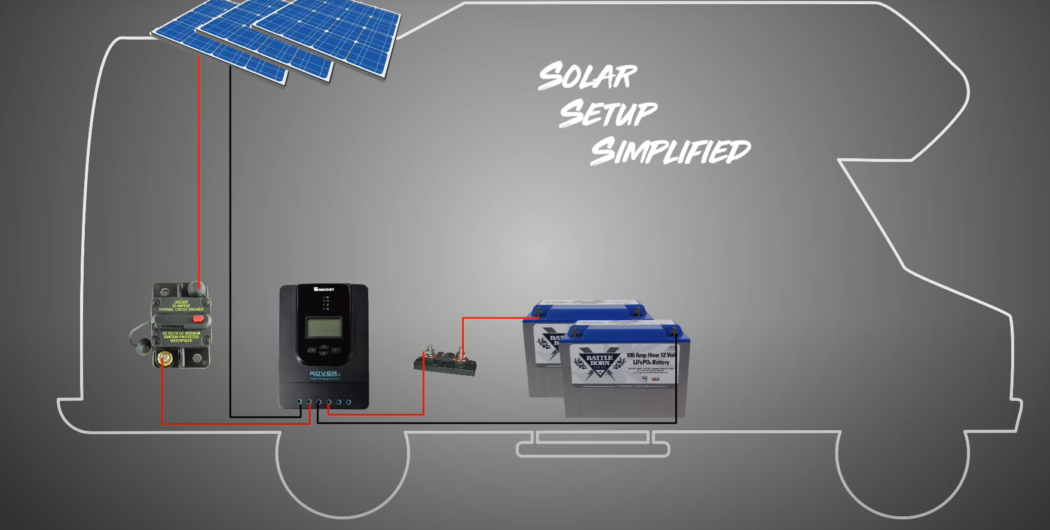
What You Should Know When Using Solar Energy
Batteries
Many people feel that the battery bank is the most important component of the system. It doesn’t matter how much energy the panels accumulate and produce the energy without delays when it is cloudy. For years, lead-acid batteries were installed in standard U.S. RV electrical systems by default. Because of their simplicity of use and low cost. They come with a number of drawbacks, such as the need for regular maintenance and damage if drained below 50% of their capacity. Lithium-ion batteries are a more recent tech that has several benefits over lead-acid batteries. They have greater storage capacity, efficiency, and depth of discharge. All these factors are important if you’re going to rely on the system of solar panels as well as your primary energy source. Lithium batteries also weigh half as much as lead-acid batteries. Their huge advantage is almost zero maintenance, with the exception of some lithium iron phosphate variants.
Budget
The initial cost of a solar system can be prohibitive for some people, but it’s important to remember that you’re making an investment in your future energy needs. Solar panels have come down in price significantly over the past few years, and they continue to become more affordable as technology improves. You should also consider the long-term costs of operating your RV with a generator. Fuel is expensive, and generators are notoriously finicky, often requiring costly repairs or replacement. A properly sized solar system will eventually pay for itself many times over.
Roof Space
Solar panels aren’t tiny, and RV roofs are rather small. Carefully measure the required parameters and compare them to the dimensions of any potential solar panels if you’re roof-mounting them. Measure twice just to be safe. Some heavy electricity users might not have enough space on their RV’s roof to produce the power they require. If this is the case, you’ll need to explore adding additional energy sources or growing your battery bank in order to store more energy on your roof.
Portable Or Permanent Panels To Install?
You require to decide if you require a portable or permanent solar solution. Portable solar panels are great for people who like to move around often, but they’re not as efficient as permanently installed panels. Permanent systems tend to be more expensive and require more work to install, but they’re much more efficient and can often be integrated with your RV’s existing electrical system. If you have the time and money, a permanent system is usually the better option.
How Many Batteries Do I Need For RV Solar?
There are two primary sorts of RV batteries: lithium and lead acid. The most significant advantage of pricey lithium batteries is the ability to use their full storage capacity without draining them completely. If you discharge more than 50% of a lead acid battery’s capacity more than a few times, the battery’s lifespan will be greatly reduced. As a result, if you intend to utilize lead acid batteries, you should double the bank size from the RV solar calculator.
What Size Inverter Do I Need For My RV?
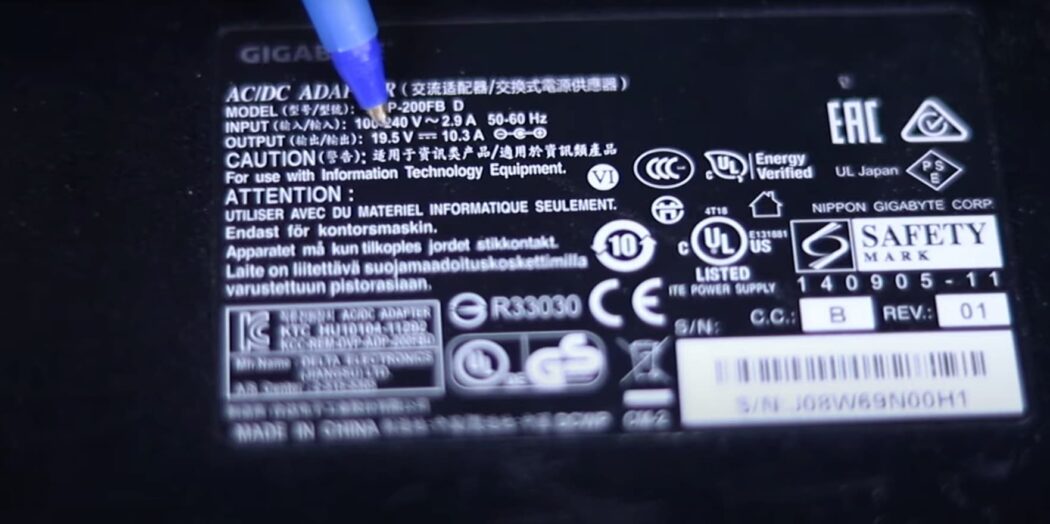
To start, you’ll need to know the wattage of the appliances you want to run off of the installed solar panels. The average coffee maker, for example, uses about 600 watts.A laptop computer uses about 60 watts, while a desktop uses about 120 watts. If you want to run a TV and DVD player, you’re looking at about 400 watts. Inverters transform the DC power stored in your batteries into AC electricity that wall outlets can use. An inverter’s wattage is indicated. The maximum number of watts that may be used at once is determined by the inverter’s capacity. For example, you have a 3000-watt inverter. This strong inverter allows us to use big appliances like our microwave (1500 watts), but it will trip the circuit if we connect too many large devices together. You’ll want a 500-watt or greater inverter for any appliances with a rating higher than your most powerful device. So you won’t have to run about and unplug phones before turning on the microwave.
FAQ
Will a 100-watt solar panel keep my RV battery charged?
A 100-watt panel will typically produce 30 amp-hours of power per day into your batteries, according to the rule of thumb. To meet your solar requirements, you’ll need 1.33 100-watt panels or a 133-watt panel.
How many batteries can you hook up to a 100-watt solar panel?
A 100-watt solar panel may be used to charge 12V batteries. The amount of time this would take is determined by the battery’s capacity and the amount of sunshine it receives. It might take anywhere from 10 to 14 hours to fully charge a battery depending on how powerful it is and how much sun exposure it has had.
Can a 100-watt solar panel run a refrigerator?
A 100-watt solar panel, in general, may only operate a refrigerator for a few hours at most before requiring a battery. On average, 400 watt-hours of energy per day can be produced by 100 watts of solar panels. A refrigerator with an integrated freezer consumes 2000 watt-hours each day.
How long will a 200W solar panel take to charge a battery?
It’s a good idea to start by looking at your RV electrical usage. To do this, you’ll need to find your RV’s average daily power consumption. This is the total amount of electricity used by all the appliances and devices in your RV, divided by the number of days that you use them. You can find this information on your RV’s energy label, or you can calculate it yourself using a wattmeter. Once you estimate the average daily power consumption of your RV, it will be easier to install the panels for comfort and energy-efficient usage while camping. For example, if your RV uses 30 kWh of electricity per day, you would need between six and twelve 200-watt monocrystalline solar panels to offset that usage.
